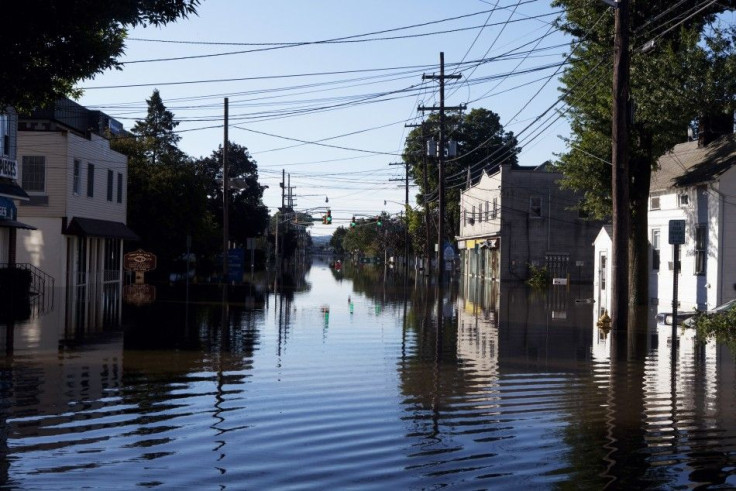Irene’s Cost $10 Billion, But Only 60% was Insured

Tropical Storm Irene did about $10 billion in damage after hitting the U.S. mainland, but the overall insured loss will only range between $1.8 billion and $3.4 billion, Eqecat said.
The catastophe-analysis firm estimated damage to the U.S. mainland ranged between $1.5 billion to $2.8 billion. Damage in the Caribbean, where then-Hurricane Irene struck, accounts for the remainder.
Equecat, which works closely with insurance companies, said insured losses were only about 60% of the total.
Because it was so big and affected as many as 40 million people, Irene's damage was significantly more than from recent hurricanes. But damage severity was low due to low wind speeds. Instead, damage came from flooding and economic disruption.
The governors of several states including New York, New Jersey, Connecticut and Vermont have asked President Obama to declare their states disaster areas. Rural areas in New York and all of Vermont suffered large losses from flooding.
Rivers in New Jersey continued to swell with water from Irene's 9-inch dousing.
Oakland, Calif.-based Eqecat takes data from the National Hurricane Center and other U.S. government sources, then performs searches and comparisons with previously compiled data.
On a preliminary basis, the company provided these state estimates based on insured losses:
New York: $400 million to $900 million
New Jersey: $400 million to $600 million
Maryland, Virginia, Delaware, Washington, D.C. : $200 million to $400 million
North and South Carolina: $200 million to $400 million
Connecticut: $150 million to $250 million
Pennsylvania: $100 million to $200 million
Vermont, Rhode Island, Maine, Massachusetts, New Hampshire: $50 million to $100 million.
Eqecat's analysis said among insured U.S. losses, about two-thirds are attributable to personal lines policies, with the remainder attributable to commercial and industrial policies.
Experience from prior events reinforces the higher relative vulnerability to damage of personal homes and residences, especially at low hurricane speeds, the company said.
By the time Hurricane Irene made New York-area landfall, it had been downgraded to a tropical storm partly because its maximum wind speeds were about 75 miles per hour. Earlier, it was a Category 3 hurricane with speeds as high as 115 mph.
At landfall in Cape Lookout, N.C., Irene's winds were 85 mph last Saturday. Over the Atlantic, they were 80 mph. When Irene made landfall in Little Egg, N.J., on Sunday, they were about 75 mph.
© Copyright IBTimes 2024. All rights reserved.












